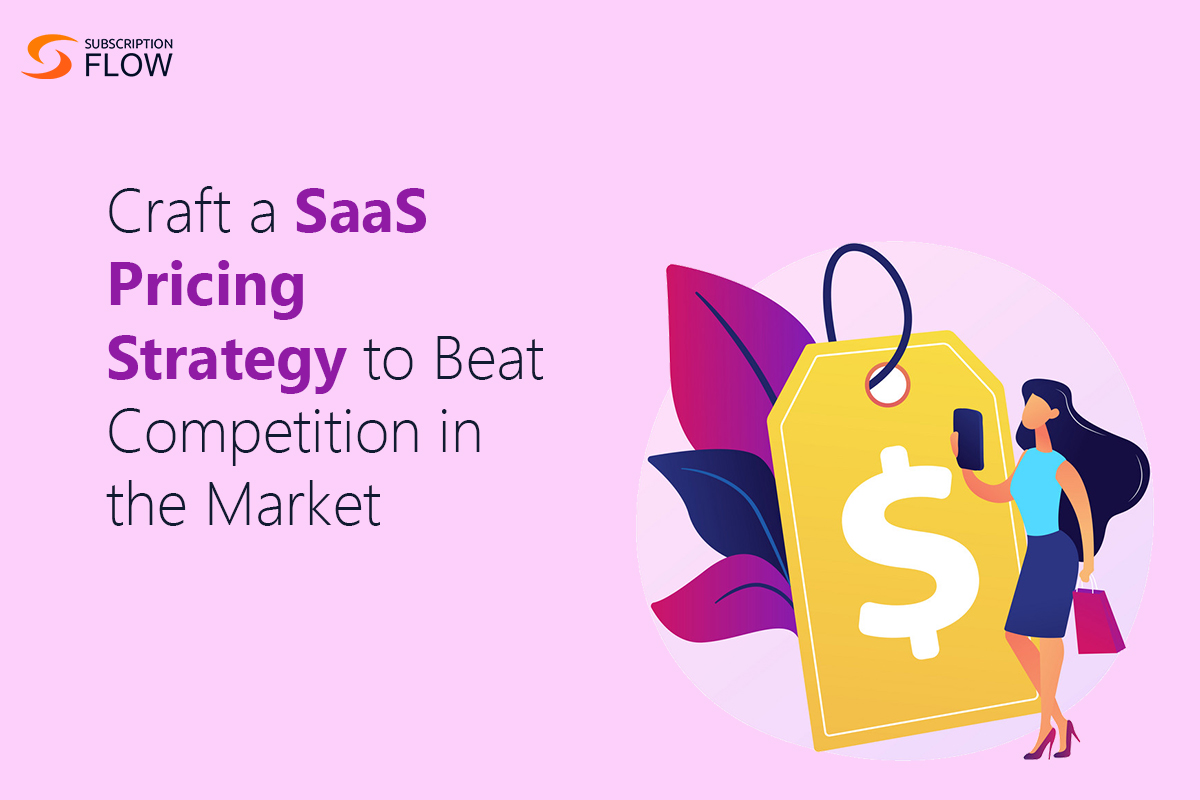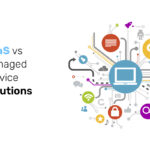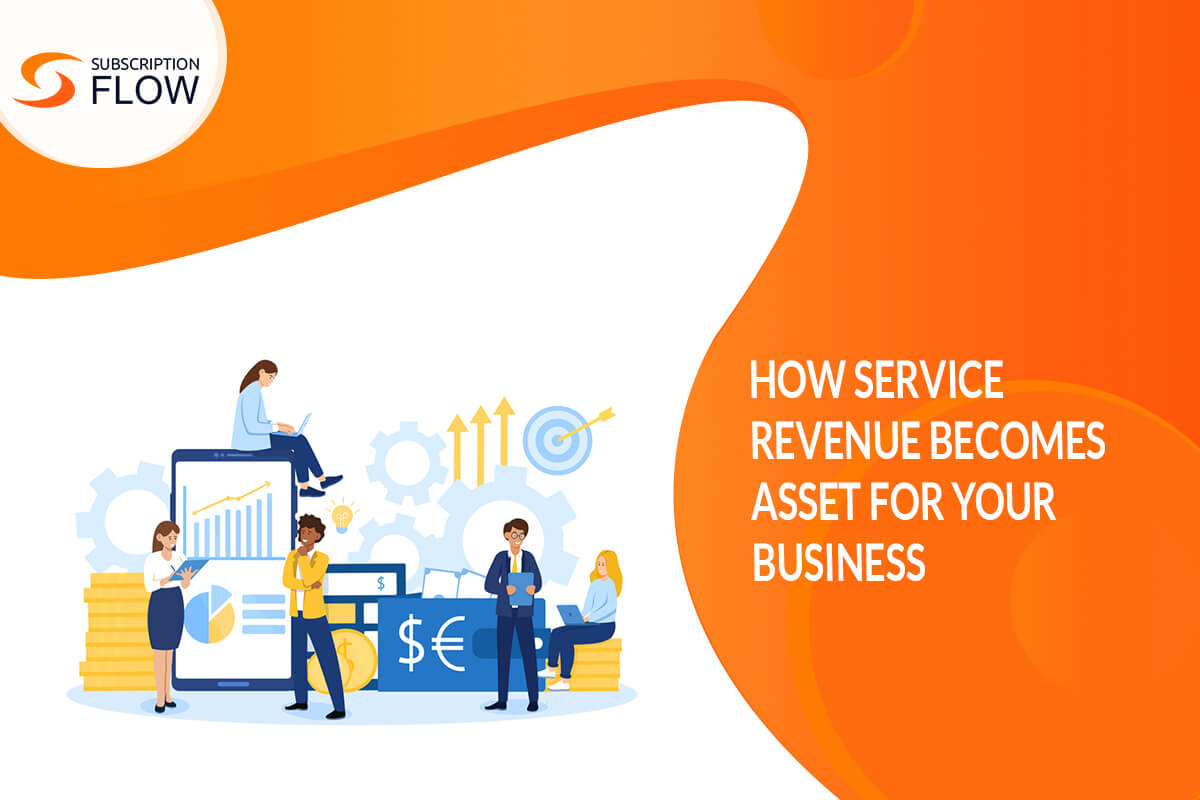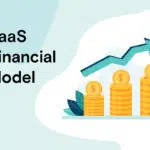
How Your SaaS Pricing Strategy Can Help You Stay Competitive in the Crowded Market
Companies that look for customer relationship management (CRM) software have several options: Salesforce, HubSpot, Pipedrive and many more. Likewise, businesses that need to streamline their payment processing have numerous options: PayPal, Braintree, Stripe, and more. For subscription management, businesses have SubscriptionFlow, Recurly, Chargify etc.
The point is in the B2B SaaS market, if one needs software, an application, or an integrated system, there are numerous options. To stay competitive in such a crowded market where giants are already outperforming is not an easy job.
In this article, we have come up with a way out for SaaS retailers. From one-time setup fee to SaaS feature based pricing, you can make anything part of your pricing strategy that you think will help you leave competitors behind. Pricing is a major factor based on which SaaS customers make decisions to purchase software. So, let us tell you how to plan your SaaS pricing strategy to get a competitive advantage.
The Role of Pricing in Competitiveness
Pricing plays a pivotal role in determining a company’s competitiveness within its industry. As a SaaS retailer, you need to understand that pricing is not a mere number rather it is a strategic approach that must align with your business goals (especially your monthly and yearly revenue targets). Every SaaS business has certain KPIs that need to be monitored to keep an eye on business health. However, your pricing strategy affects the performance of certain very important revenue-related KPIs that include:
● Customer acquisition rate
● Customer retention rate
● Monthly recurring revenue
● Annual recurring revenue
What a SaaS retailer needs to do is to plan a pricing strategy and side by side keep a close eye on the performance of these KPIs. If there is an improvement in the performance of these KPIs, then your pricing strategy or the plan is working fine and you are heading in the right direction. If you are getting more customers and retaining them as well, then your target of aligning pricing strategy to beat competition is achieved. Your pricing strategy enables you to position your SaaS products or services relative to competitors, proving their worth and uniqueness.
In essence, pricing isn’t just about numbers; it’s a dynamic tool that can shape your competitive edge and help your business thrive in a crowded marketplace.
Factors to Consider While Crafting a Pricing Strategy for Your SaaS Business
There are numerous factors that you need to consider while you are planning your pricing strategy including:
● Cost Structure: This is the first factor that you need to consider and understand to sell your SaaS product at a profit. Cost structure includes all the expenses incurred in producing, marketing, and delivering your product or service. If you want to sell at a profit, your pricing strategy at least needs to cover these costs. Also, keep fixed costs (salaries etc.) and variable costs (customer support etc.) both in consideration.
● Targeted Audience: When you are defining the target audience, segment them. Next, not all customers have similar sensitivities to the pricing that you set. So, the purpose of segmenting customers is to take your product to the right customers at the right price. For multiple segments, consider segment-specific pricing or tiered pricing structures.
● Value Proposition: What distinguishes you from competitors is your value proposition. It outlines the distinctive advantages and value that your product or service provides to clients. Some experts also call it value based pricing. A strong value proposition can support premium pricing because if your product is actually solving some problem of your customers, then you can even charge a higher price regardless of competition in the market. However, if your product is perceived as offering less value than competitors, you may need to adopt a lower-cost strategy.
● Competitive Analysis of the Market: Next, you need to analyze the pricing strategy of your competitors as well. It will help you position your offerings effectively in the same market. Here, you will get to know whether your pricing strategy allows you to compete on pricing or not. If your pricing plans and strategy are not competitive enough, you can differentiate by offering additional value at a higher price point.
● Market Dynamics: Here, the first thing that you need to keep in consideration is the supply and demand of the SaaS product that you offer. For instance, at present, in various regions of the world, people are facing inflation. This inflation has disturbed the supply-demand balance even in the SaaS business world. In such an environment, you will probably need to improve pricing from time to time to keep selling on profits.
● Psychological Pricing: Psychological pricing techniques, such as setting prices just below a round number (e.g., $9.99 instead of $10) or offering tiered pricing with a ‘good, better, best’ approach, can influence customer perceptions and behaviour.
Which Pricing Model You Need to Opt for?
Coming towards the pricing models in the SaaS business market. SaaS businesses usually operate on the subscription business model. And in the subscription business market, there are several options in pricing models that you can opt for. Various SaaS businesses go for this strategy they charge an initial one-time setup fee, and then they start charging feature based pricing or value based pricing. You can also read our previously written detailed articles on pricing models in the subscription business market.
Also Read: A Comprehensive Guide to B2B SaaS Pricing Models
If you are thinking about value-based pricing vs. feature-based pricing, it’s essential to consider how your customers perceive the benefits they receive from your product or service rather than just the specific features it offers. Value based pricing is the pricing plan that enables you to align pricing with the value of your SaaS product that the customer base perceives. However, feature based pricing is to itemize and price individual features of the SaaS product.
The choice of your pricing models will also depend on the factors that we have already discussed in this article.
SubscriptionFlow is the subscription management platform that various SaaS businesses are successfully using to implement their pricing strategies and pricing models. You can also contact us any time to get your pricing strategy implemented.










